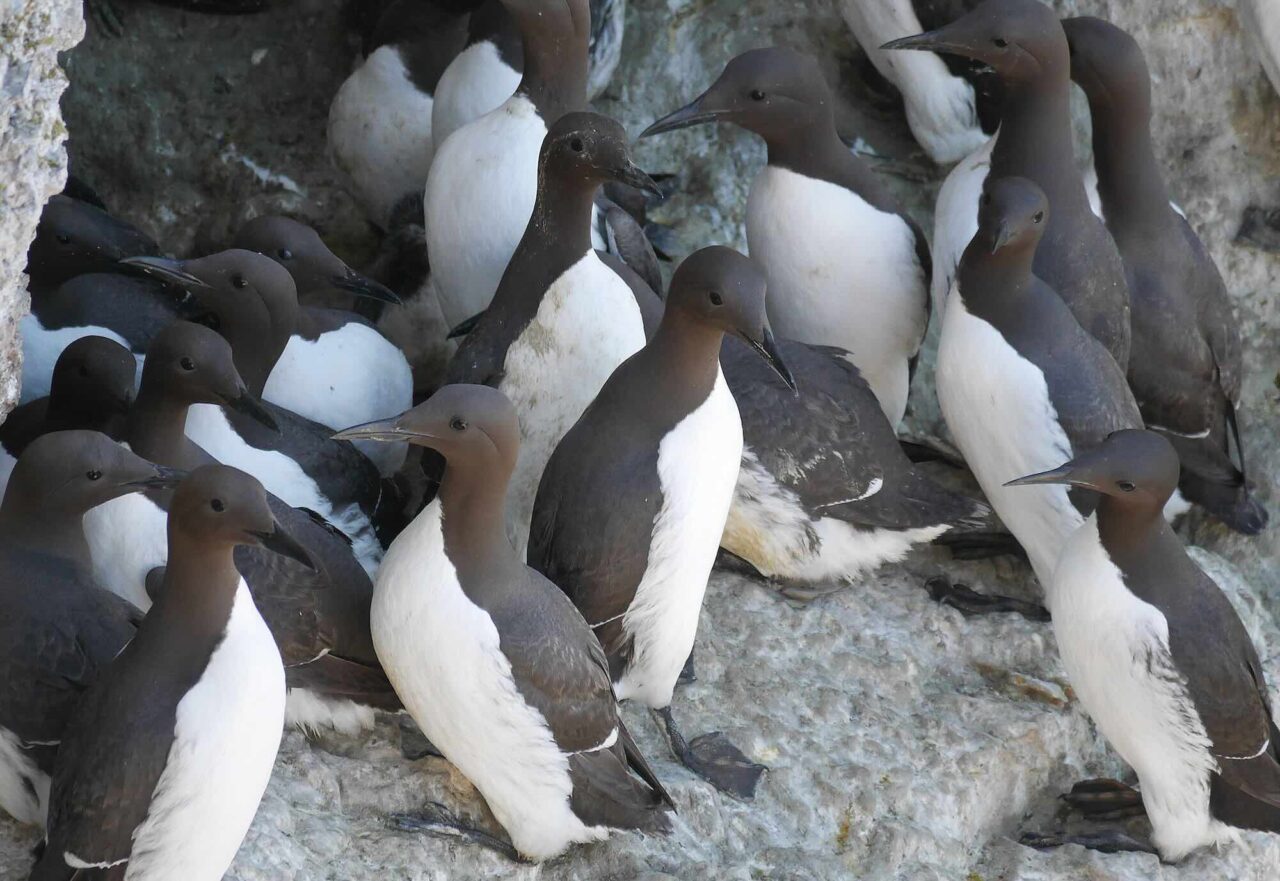
Leaner cods, guillemot, and seals. Sluggish and red-spotted salmon. Several of the Baltic Sea's large animals are being pressured by ill health and new environmental toxins, according to a new report. But for several species it is going quite well – and for one the development is a pure success story.
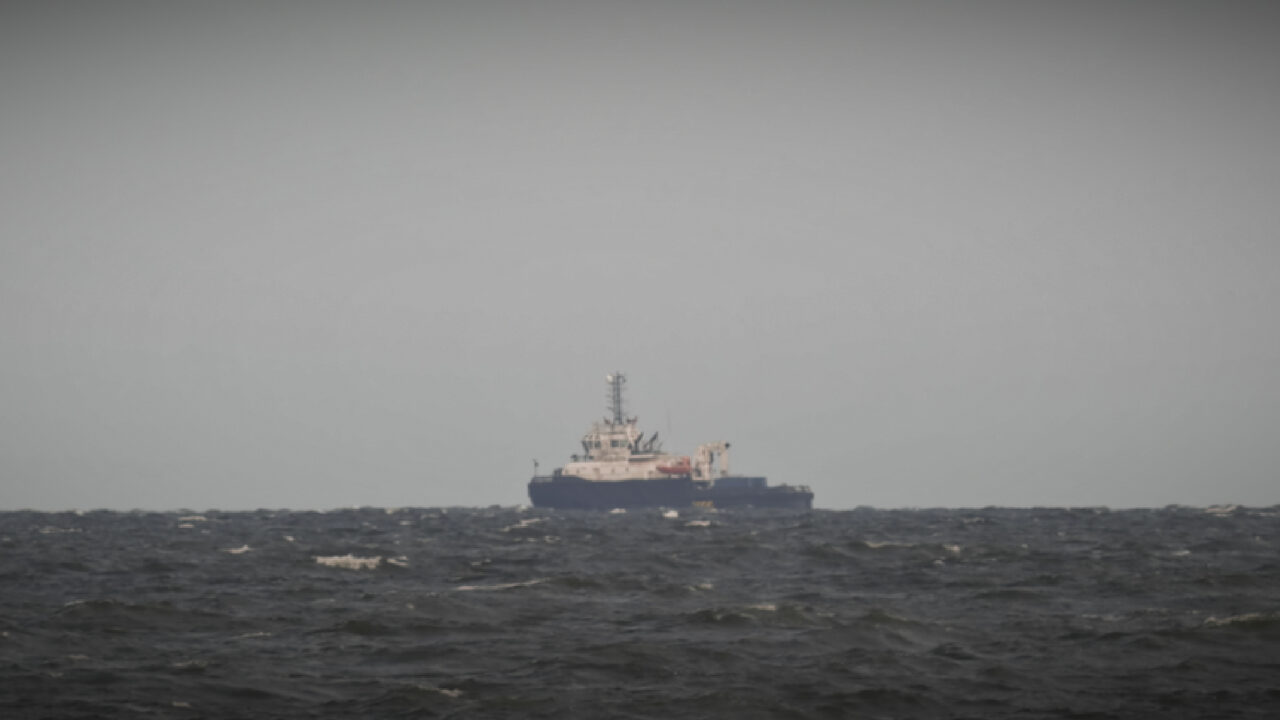
The fish are running out, the herring and the baltic herring are threatened and the cod is almost completely gone. When there is a competition for the little fish left, many people want to blame the seal. Both that it eats too much of "our" fish and that it destroys our fishing gear. But how is it really? Does the seal eat more than we do, and what does it actually eat? We asked some seal researchers.
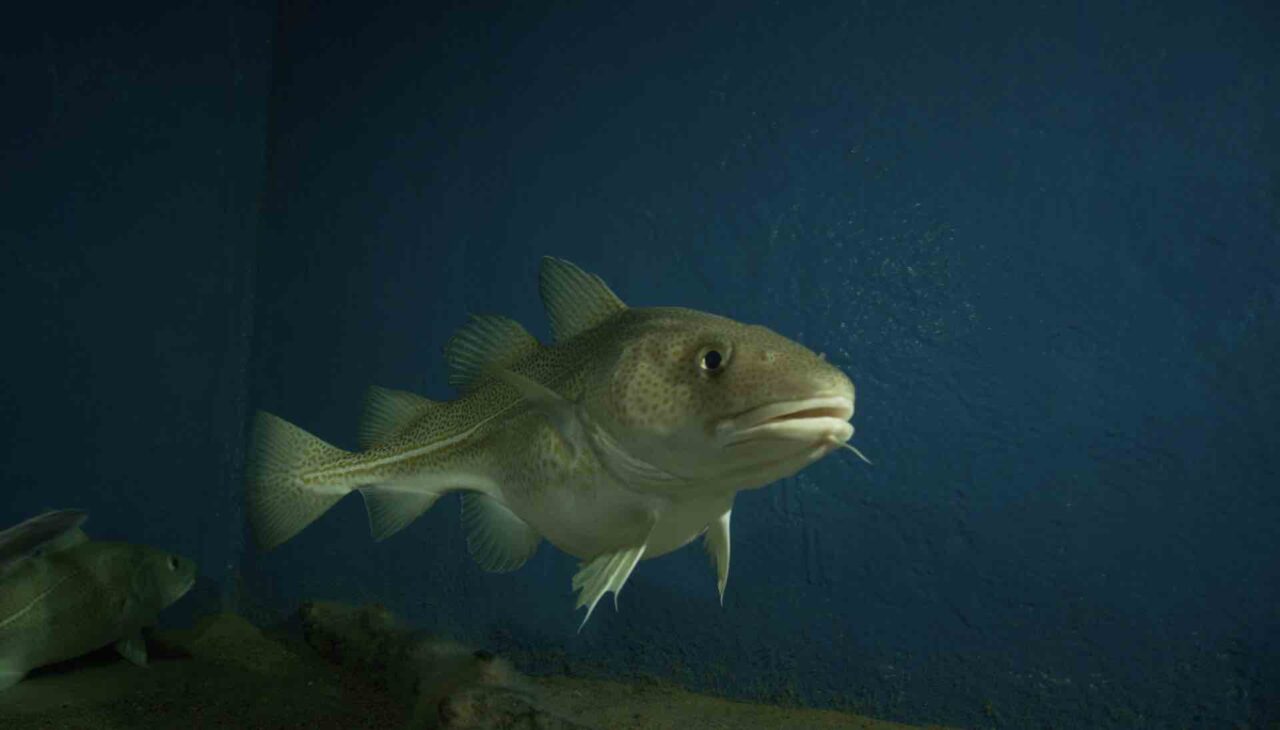
For an extended period, the cod population in the Baltic Sea has been facing severe challenges. Overfishing and environmental issues have taken a toll on their well-being, causing a decline in their health. Consequently, many of them have become thin, emaciated, and susceptible to diseases. However, a pertinent question arises: What happens when wild cod are given the opportunity to recuperate?

On the rocks in Bohuslän live small, discreet shells with special properties. Snail-collecting scientists have now received clues about what is crucial for species' survival.

New research should provide an answer to that question. -Historically, fish have hardly been considered animals, I think it is important to change that. If we see fish as animals, we might start to respect them more. That's what Marco Vindas says, who researches the behavior of fish, and is currently working on a world-unique project in Norway.
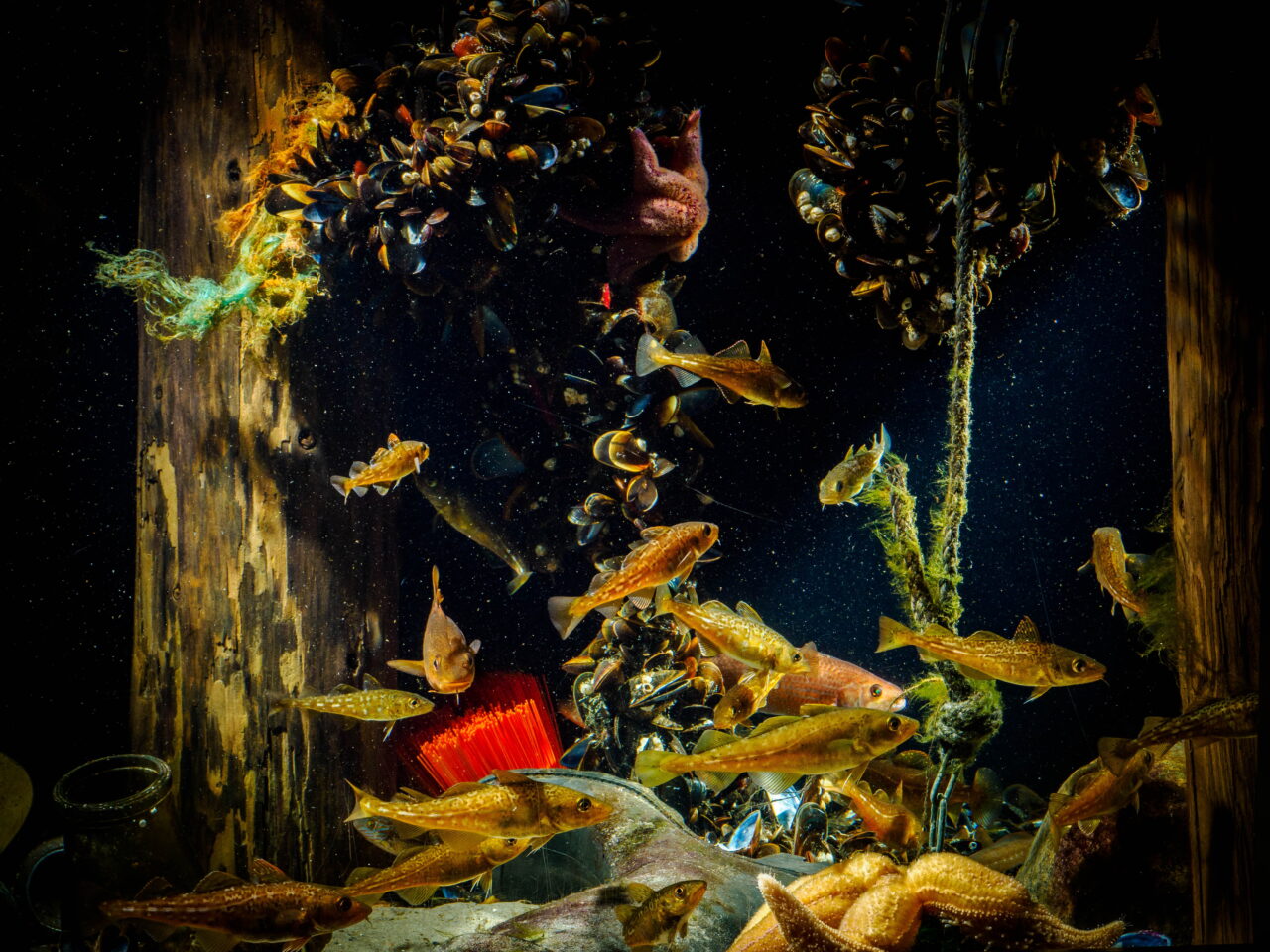
Cod stocks are close to collapse in several Danish fishing waters, but in the Öresund the species seems to be recovering and this year there are record numbers of cod fry. This is thanks to the introduction of both a trawl ban and restrictions on all cod fishing.

"It's a fantastically large emission of methane gas, and a terrible bad luck that it happened exactly where it did," says Thomas Dahlgren, a marine biologist at the University of Gothenburg.
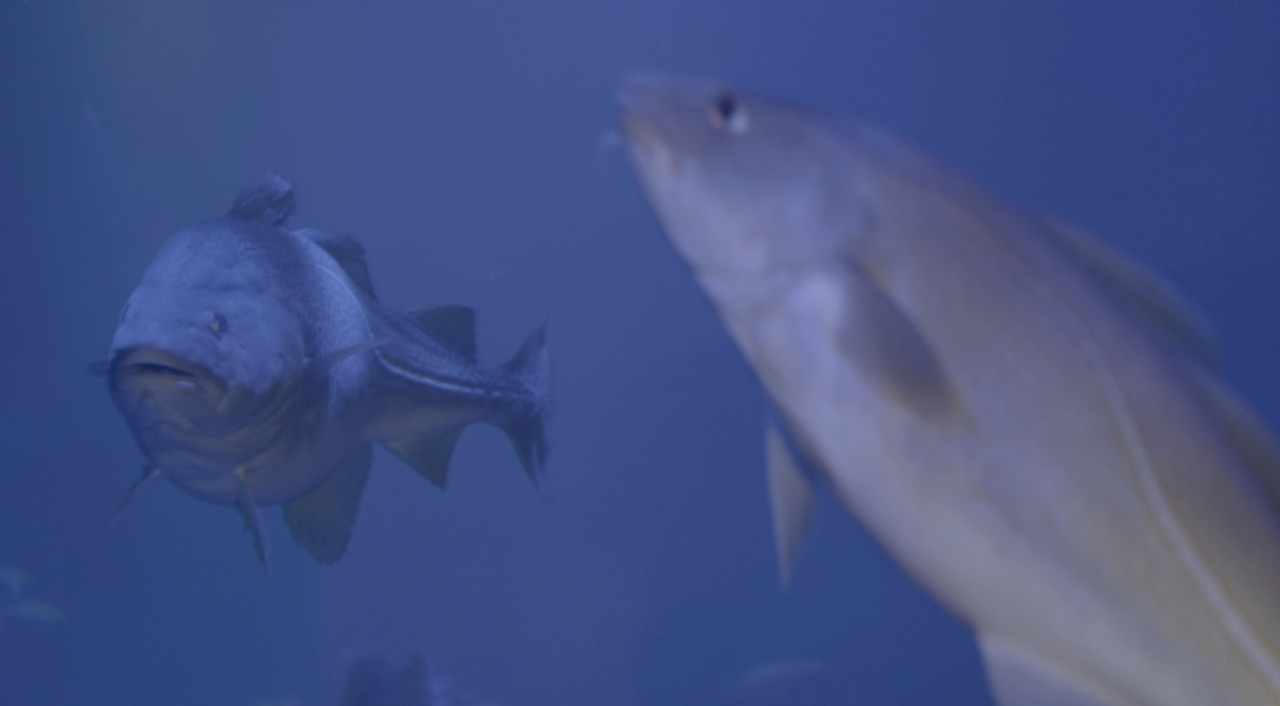
In the ReCod project in Ar on Gotland, they have now succeeded in getting cod to spawn in captivity. This by trying to imitate the cod's natural environments in the laboratory. During the summer of 2022, it will therefore be possible to release around 1 million cod larvae in three different places in Sweden

Supergenes help many species adapt to life in different environments. They are found, for example, in cod, where stocks can live at different depths, and in different temperatures and salinities. Even humans have supergenes – but not much is known about them yet
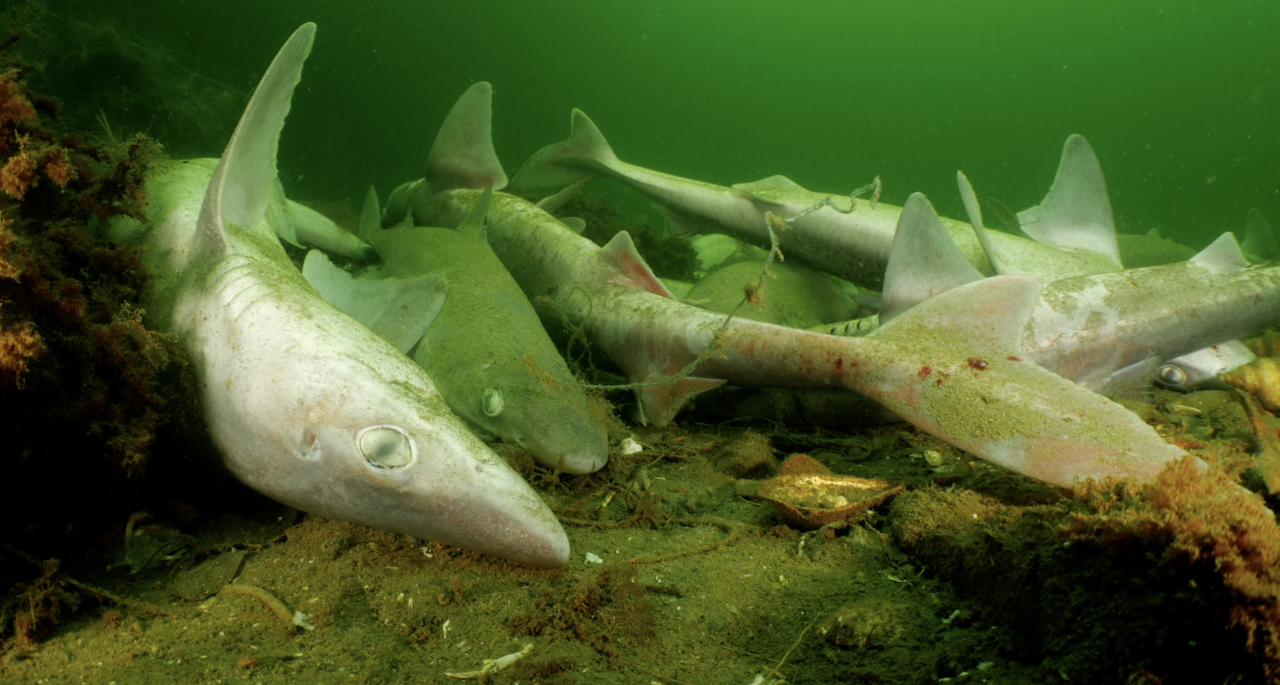
On the bottom of Lysekil Harbour on Sweden’s west coast lie around 60 dead and dying Spiny Dogfish and Rays. These animals are on the IUCN’s red list of endangered species
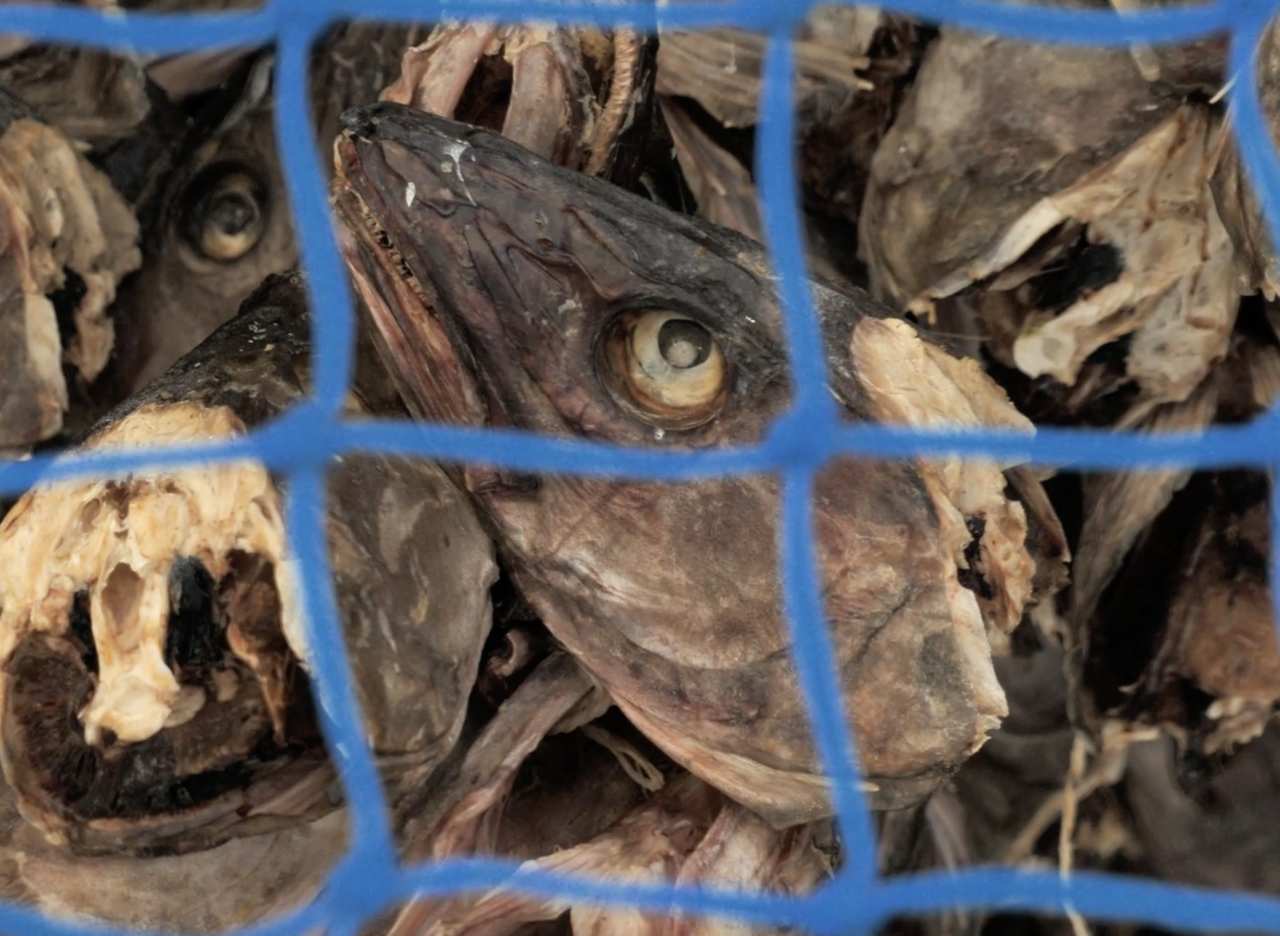
Thousands of cod heads are hanging to dry on the quay off Husöy, a small island in the outer coastal strip of northern Norway. They are to be shipped to Africa, because

Cod is one of the most important fish species in the Baltic Sea, but it is not doing well! Large areas of low-oxygen bottoms, decades of overfishing and failed management mean that the Baltic Sea cod stock is now facing an acute situation. In fact, it is not so certain that there will be any cod at all here in the future

From today until 31 March, all recreational fishing of cod is prohibited in the Sound and the southern Baltic Sea. This is after stricter rules were decided at the EU's fisheries negotiations in the autumn
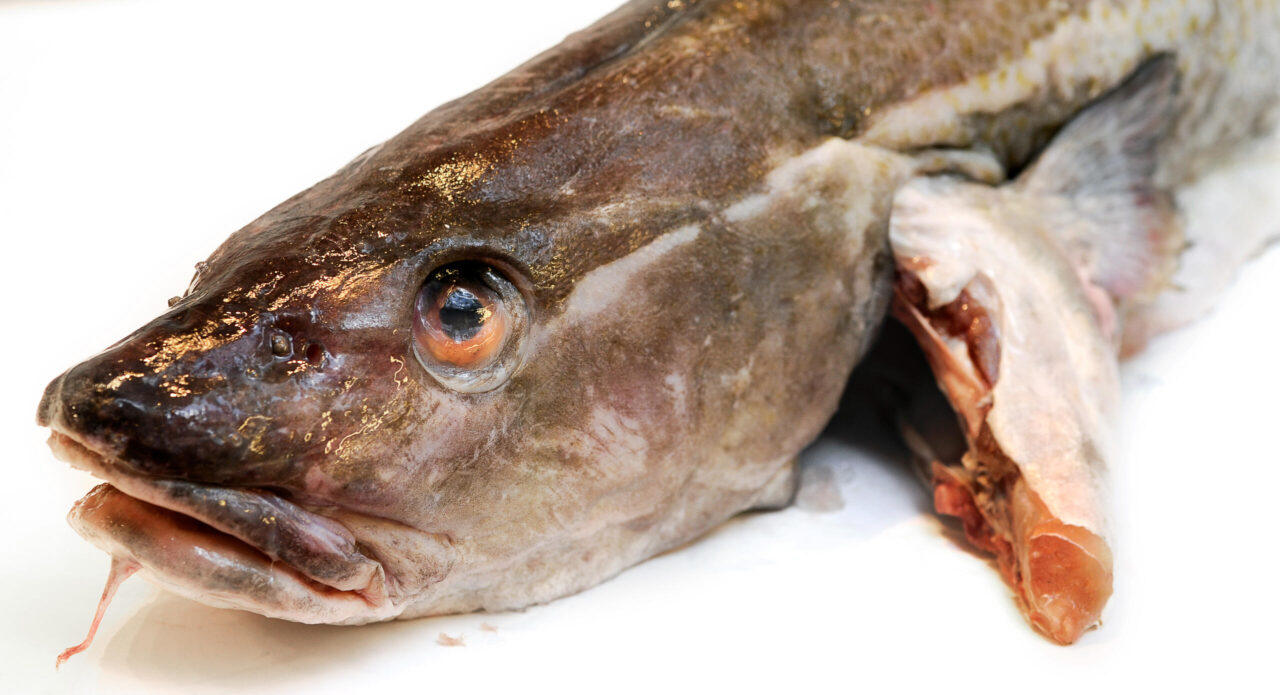
A new Danish research report shows that in recent years, 65% of all cod caught in trawlers' nets during lobster fishing have been discarded
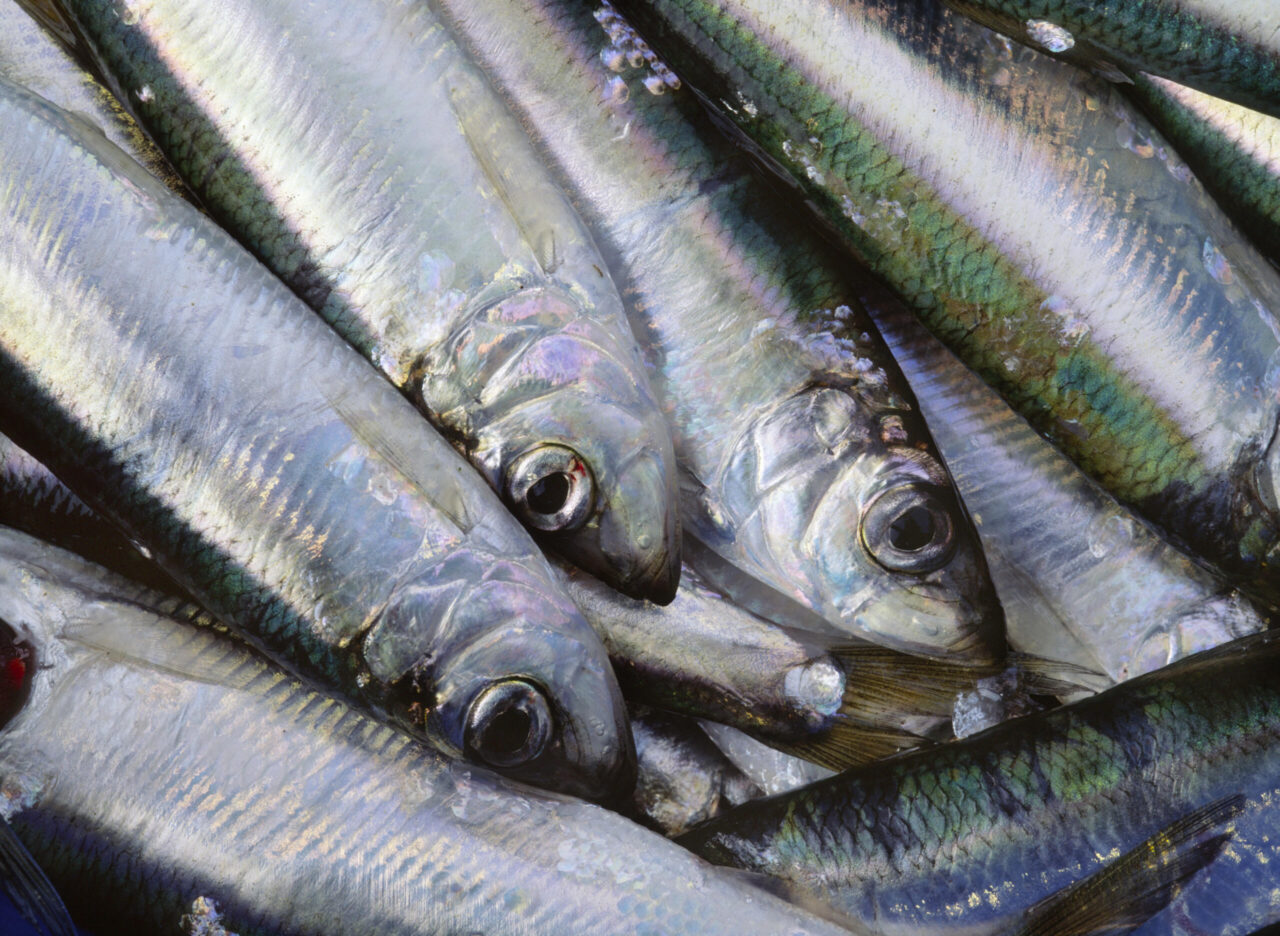
The EU Council of Ministers has reached an agreement on next year's catch quotas for fish in the Baltic Sea and the Sound. The quotas for the disputed herring were reduced by 50% and 45% respectively in the western and central Baltic Sea, while they were increased by 71% in the Gulf of Bothnia

For a long time, scientists, fishermen and the general public have asked themselves: Why has Baltic cod become so small? Now, maybe new research can provide an answer
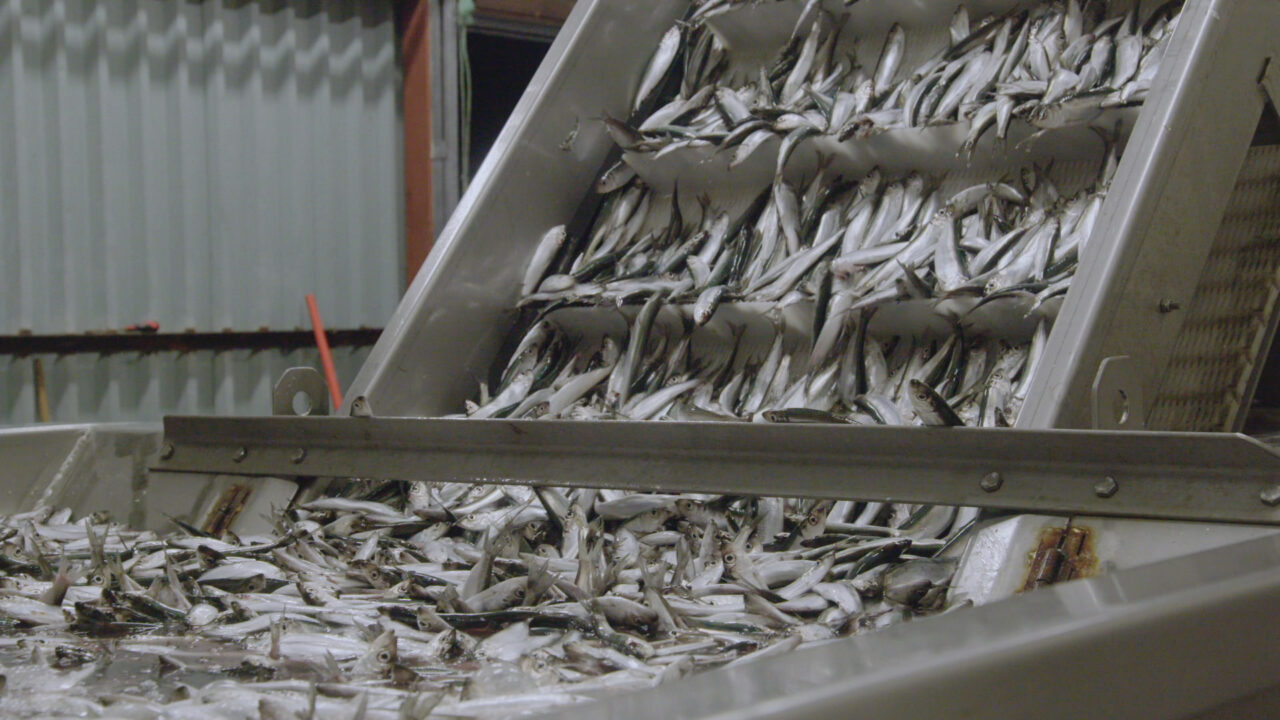
One third of all fish caught is thrown overboard or rots before it reaches the consumer - one in three fish is killed unnecessarily

New discoveries open unknown nursery for the Baltic Sea's most important predatory fish - Ålandstorsken
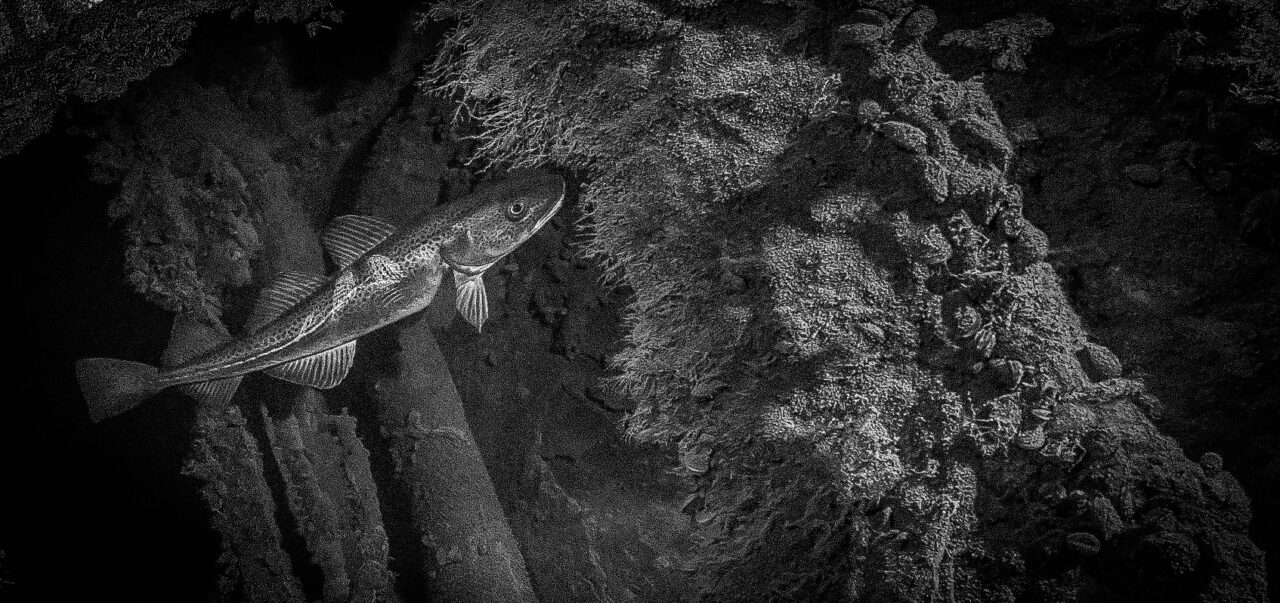
18 years ago, journalist Peter Löfgren made the film The Last Cod. By then, the cod stock in the Baltic Sea had declined significantly. Today, cod is back but feeling worse than ever – it's small, skinny and full of worms